What is food drip? How to prevent it?
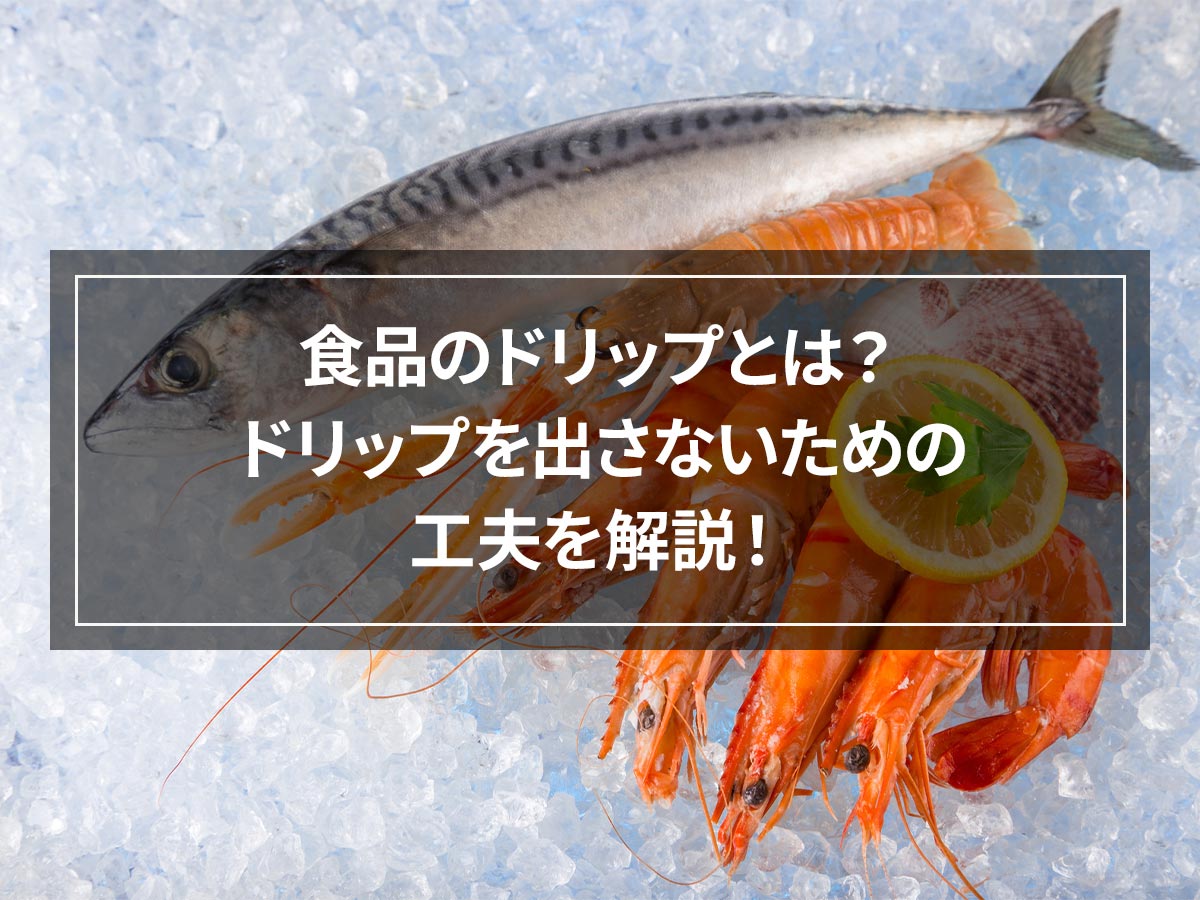
Food drip is a phenomenon where a red water-like substance seeps out of meat, fish, etc. while they are stored. This food drip mainly contains moisture, protein, and umami components. It is especially likely to occur after thawing frozen meat or fish. It is something we often see in our daily lives.
Drips can also come out of meat and fish stored in the refrigerator. Food that has dripped out can experience significant changes in taste and nutrition, leading to a decline in quality. In some cases, this can lead to a bad reputation for the store.
That's why this website, which specializes in freezing, explains the causes of food dripping and also the measures you can take to prevent dripping, which can be useful in improving food yields.
If you are worried about dripping meat or fish, or want to improve your food quality, this article is for you.
目次
What is food drip?

Have you ever noticed red liquid oozing out of meat or fish when you left it out for a long time?
This is called "drip" and at first glance it looks like blood, but it is actually tissue fluid in the food.
When meat or fish is stored for a long period of time, the tissue in the food is destroyed, and myoglobin, a protein in the muscle, is released along with the water. Myoglobin contains a red pigment, which is why the drips appear red.
What happens to food when drips occur?
The main component of drip is protein, and it also contains a lot of umami components.
When food drips, these ingredients are washed away, causing a loss of nutritional value. In addition, the moisture in the food is lost, resulting in a dry texture when cooked.
In addition, drips contain a lot of water and provide an environment in which microorganisms can easily grow, which can lead to a deterioration in food quality.
In order to maintain the nutritional value and freshness of food, it is essential to avoid dripping as much as possible.
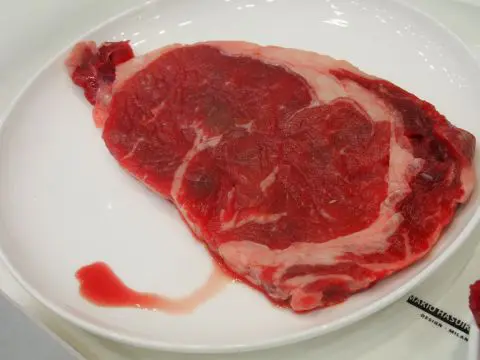
Many people have experienced dripping when thawing frozen meat, fish, vegetables, fruit, etc., making the food watery and losing its flavor.
The causes of dripping from frozen foods include problems with the freezing and thawing methods.
Let's examine each one to see where the problem is.
Drip during food freezing
When water is frozen, it turns into ice and its volume increases by about 10%.
When food is frozen, some of the water in the food begins to freeze and "ice nuclei" are formed.
Water and smaller ice particles gather around this ice nucleus to form large ice crystals, which have a larger volume than water and a sharp pointed shape.
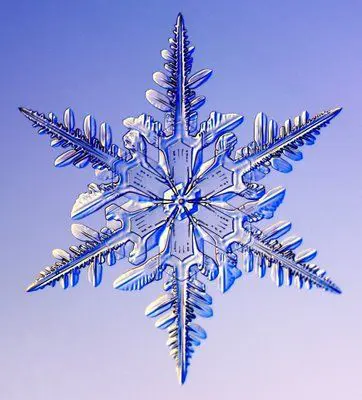
These large ice crystals cause the cell membranes and walls of foods to be crushed and destroyed.
This causes meat or fish to drip easily when thawed.
Freezing methods to prevent food from dripping
It turns out that the cause of food dripping is the size and shape of ice crystals during freezing.
So, is there a freezing method that prevents dripping?
The answer is rapid freezing.
rapid freezing is literally the process of freezing food very quickly, which results in very small ice crystals.
This makes it possible to freeze food without destroying its cells.
Since the cells are not damaged, the flavor components do not leak out and the amount of dripping when thawed is reduced.
Drip during the food thawing process
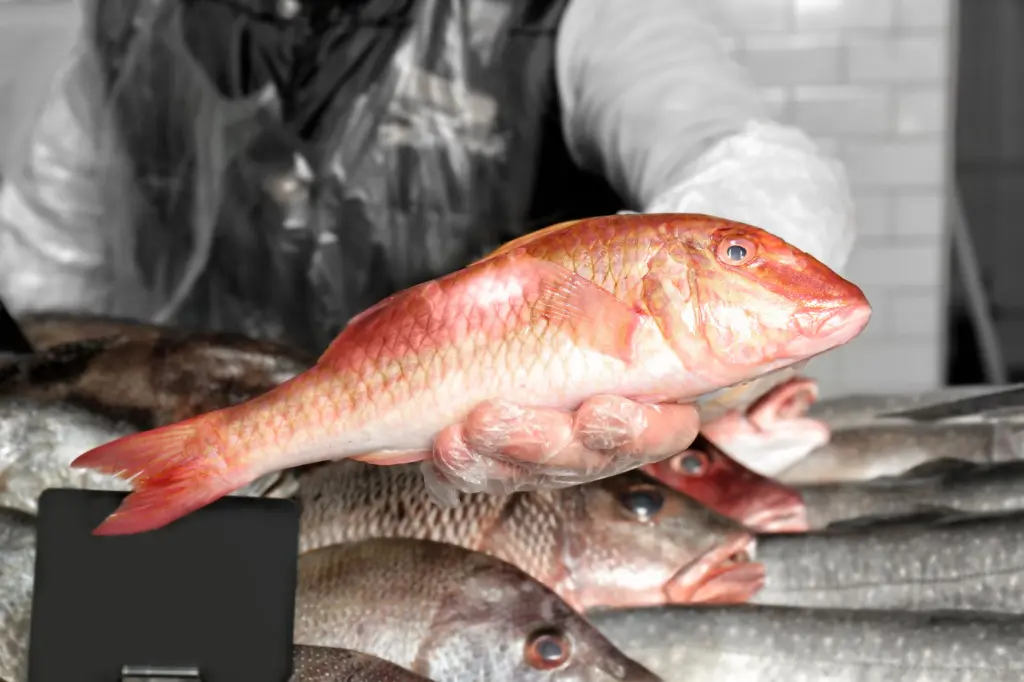
The amount of drip will also vary depending on how the food is thawed.
When defrosting food in a high temperature environment, such as indoors, the outside will thaw quickly but the inside will remain frozen.
Especially when thawing large items such as chunks of meat or fish, the temperature difference between the inside and outside is likely to be large, which can cause the outside of the raw item to spoil before it is completely thawed.
In addition, due to temperature differences, moisture will easily come out from some parts that have begun to melt, resulting in a large amount of dripping.
How to defrost food to prevent it from dripping
For hygienic reasons, it is best to avoid defrosting raw foods such as meat and fish at room temperature, but what methods of defrosting are there that will reduce the amount of dripping?
When it comes to foods that are to be heated, cooking them while they are still frozen or partially thawed rather than thawing them completely will help retain the nutrients and moisture in the food and prevent it from drying out.
For foods that are not to be heated, thawing them in the refrigerator or with ice water will reduce the temperature difference between the outside and inside of the food when thawing.
Another key to maintaining freshness is to thaw the entire food at a low temperature.
Prevent food dripping with a defroster
By using a thawing machine when thawing food, you can prevent drip loss and achieve a higher quality thawing.
⇒⇒ [Evenly and high-quality thawing] Advantages and types of commercial thawing machines
DENBA uses electrostatic waves to resonate with the water molecules in food, creating a uniform state.
This allows food to be thawed all over, resulting in less dripping and almost no change in flavor or moisture. DENBA can also be retrofitted, so you can use your current refrigerator as a thawing machine. This allows for energy-saving, low-cost thawing of high-quality food.
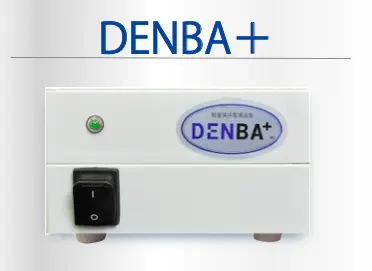
⇒⇒ Click here for details on DENBA
Conclusion
By preventing food dripping, you can provide high quality food.
If you are looking to improve the quality of frozen foods, improve work efficiency when defrosting foods, and improve yields, we recommend investing in a rapid or flash freezer and a thawing machine.








![[Storage period increased by 30 times! ] Achieving a stable supply of raw whitebait!](https://shunkashutou.com/wp-content/uploads/2016/11/579c55e6d32e1385c250e8e7c3ed59a71.jpg)
![[Sales increased 100 times! ] rapid freezing the signature menu “Ni-katsu sandwich”!](https://shunkashutou.com/wp-content/uploads/2016/11/IMG_02391.jpg)
![[Horse sashimi] We have significantly reduced waste loss with rapid freezer!](https://shunkashutou.com/wp-content/uploads/2016/11/5fda59d0cbcdabde18e58c3c58c09ed0.jpg)




![[Storage period increased from 3 days to half a year! ] Restaurants are expanding their business using wholesale and mail order!](https://shunkashutou.com/wp-content/uploads/2018/04/66c19942ab4ba346fdb64ccc04cde373.png)
![[Reduce loss from 200 kg of oysters to zero] Improve loss and expand business with rapid freezer](https://shunkashutou.com/wp-content/uploads/2018/06/19785ca583a8d3c4041c7c192d041b0d.jpg)














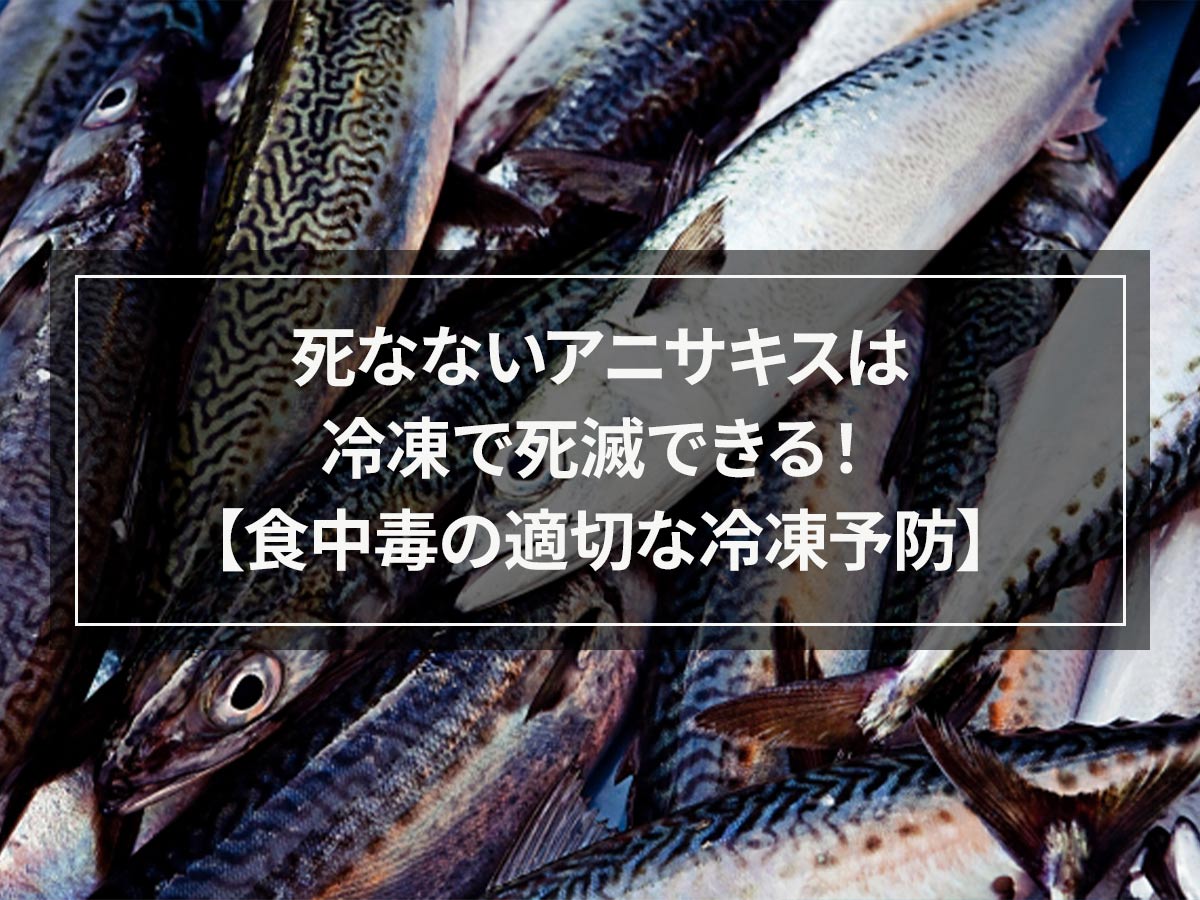
![[Recover the machine cost in about 1 year! ]Reduce loss of tiger puffer fish with rapid freezing!](https://shunkashutou.com/wp-content/uploads/2018/07/1772bacb83f79fbd476ca3d66c8f8281_s1.jpg)
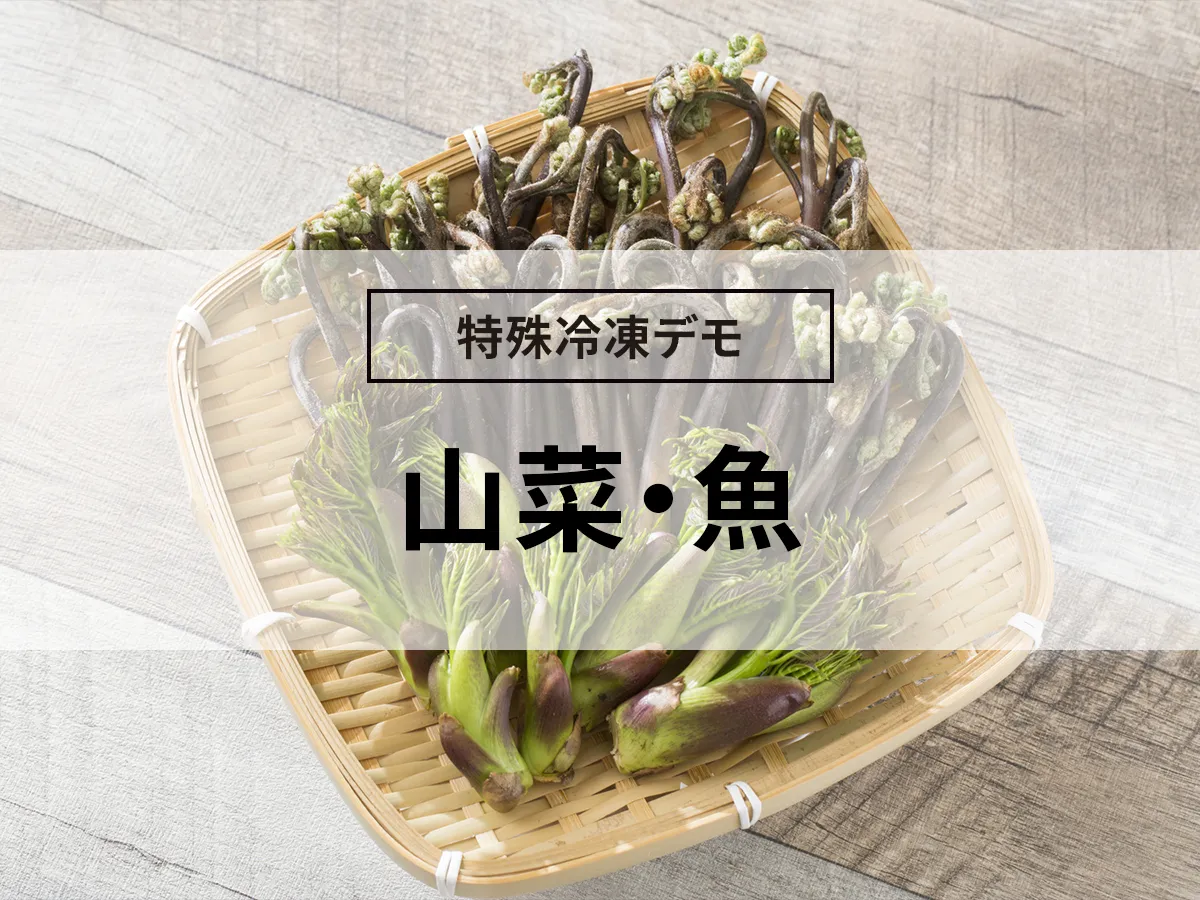
![Introducing how to freeze and thaw whitebait, as well as recipes for its use [Full of nutrition! ]](https://shunkashutou.com/wp-content/uploads/2023/10/04d15012ec36f91a5574f63dfa9d4771.jpg)
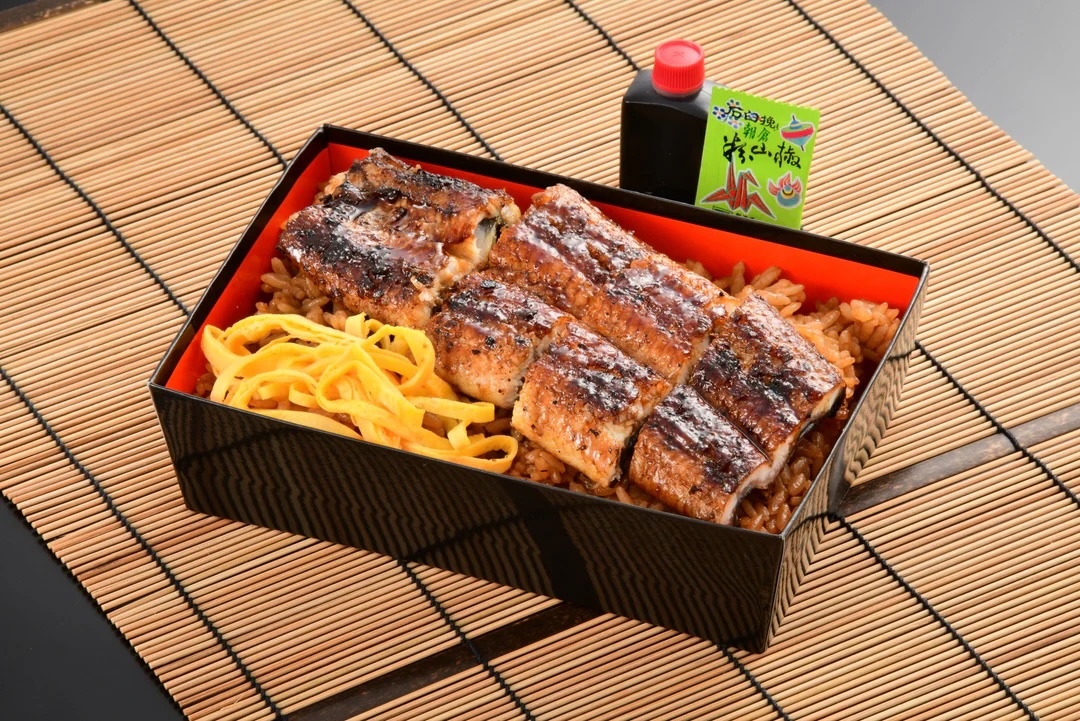
![[Make frozen oysters even more delicious! ] Correct thawing method and usage recipes](https://shunkashutou.com/wp-content/uploads/2023/10/5855c6e6d6dbdb298f86405b4b522329.jpg)
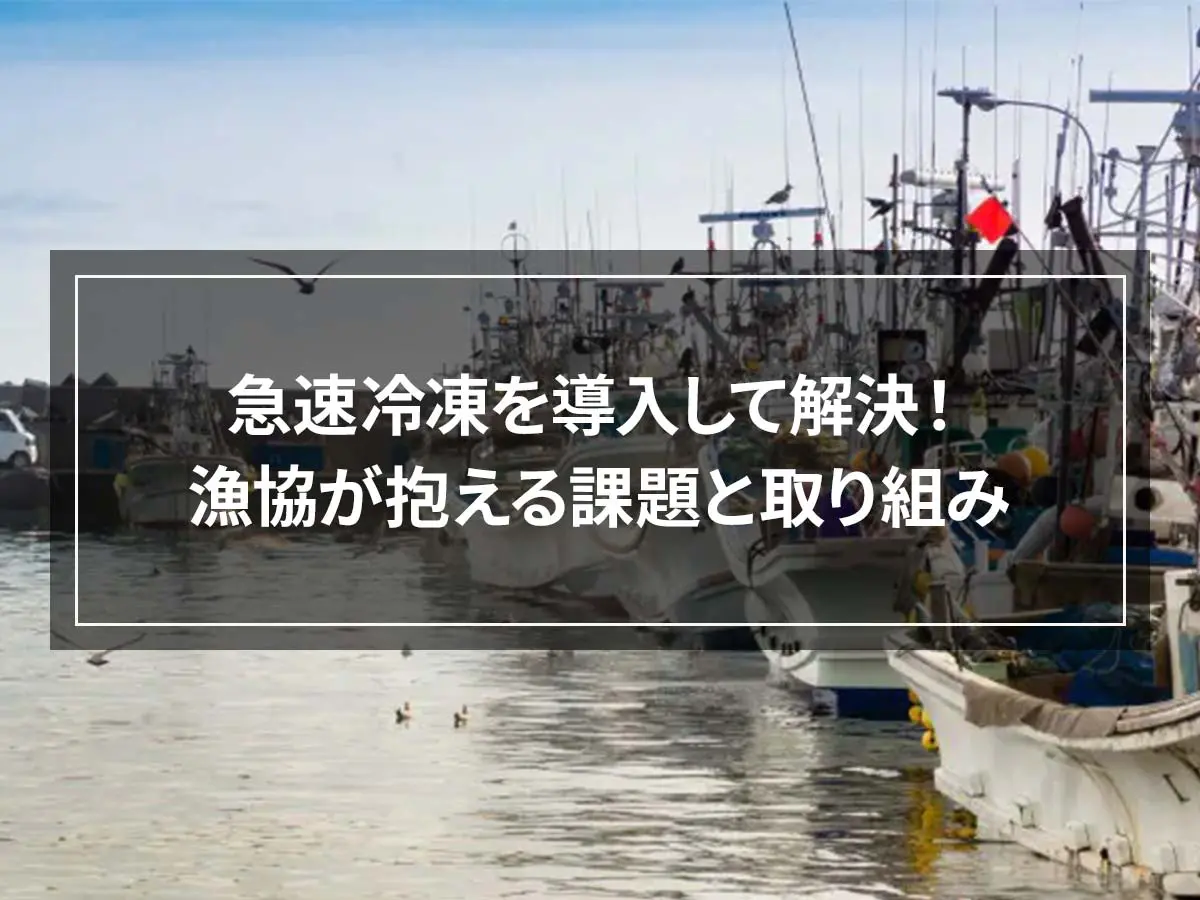
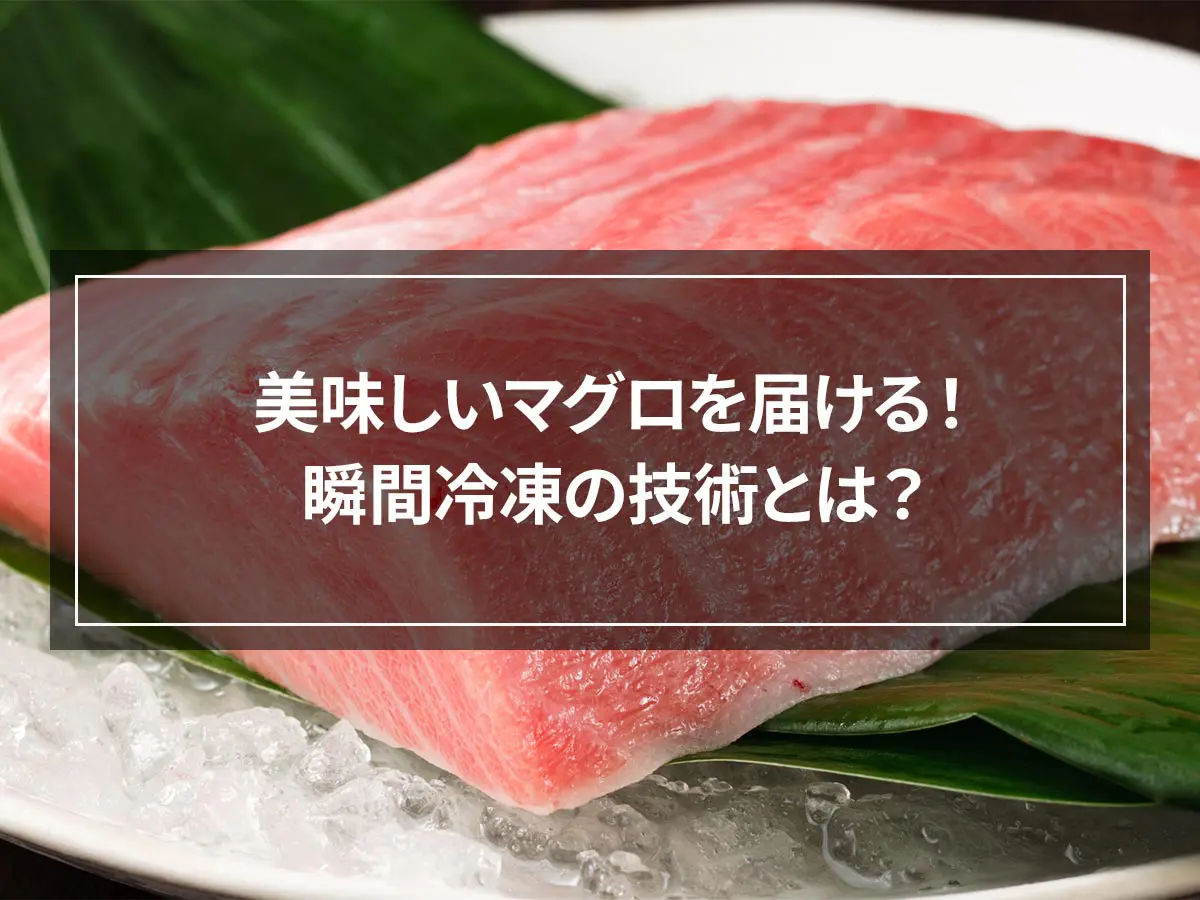
![[Various recipes] 3 tips for using frozen minced meat deliciously](https://shunkashutou.com/wp-content/uploads/2023/08/e9b2fc255393916ab79ea8b7fa0807d3.jpg)

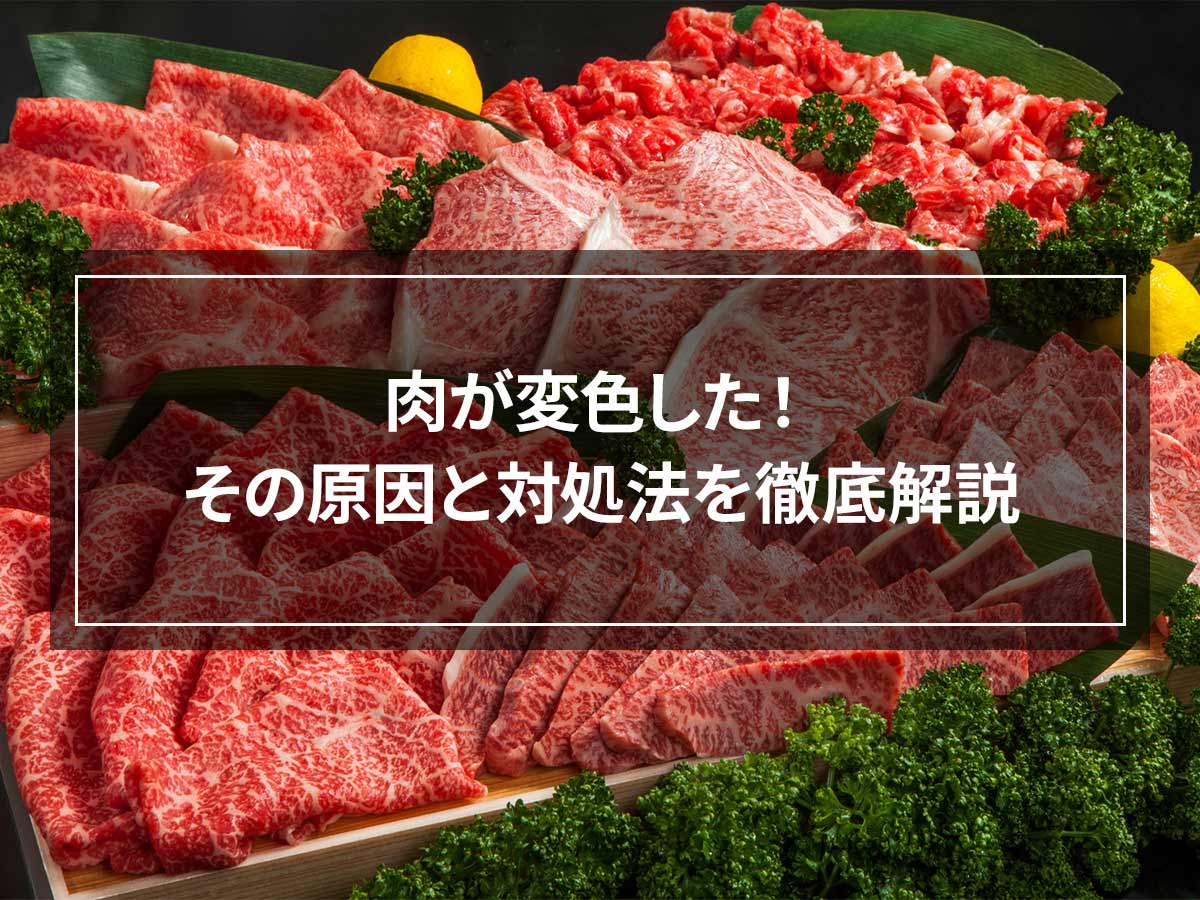
![[Can it be frozen? ] How to freeze bacon, storage period, and 5 recipes!](https://shunkashutou.com/wp-content/uploads/2023/07/52dff5bc109cd400879fbf9bb35b3856.jpg)
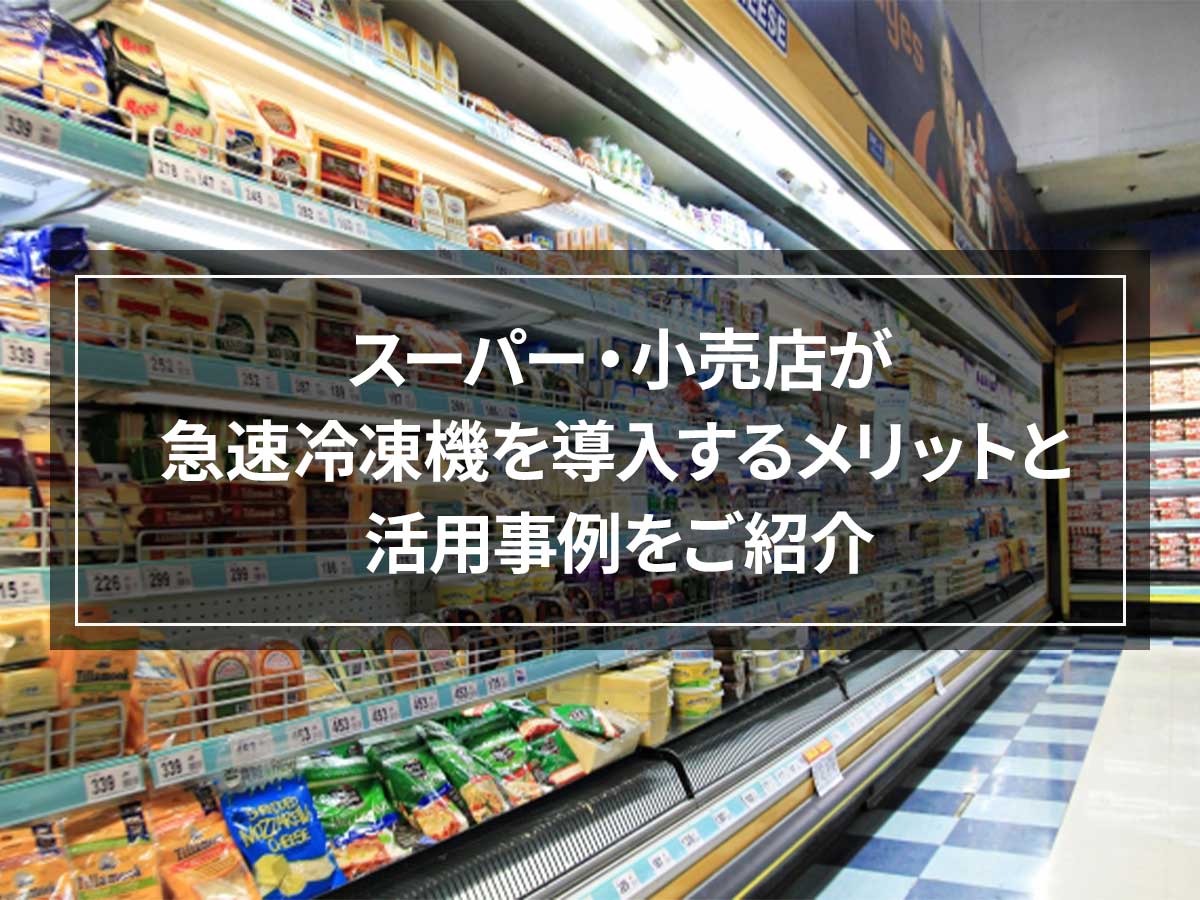
![[Thorough guide to preserving meat] Preservation methods, expiration dates, thawing methods, rapid freezing](https://shunkashutou.com/wp-content/uploads/2023/09/ec61889773cfed9c75aa97d9ca6c96dd-1.jpg)
![[Easy thawing method] Low temperature thawing to lock in the deliciousness of meat](https://shunkashutou.com/wp-content/uploads/2024/08/899e71a518bbd73569bf085ff0accd61.webp)
![[Includes recommendations by industry] Summary of types and benefits of small rapid freezer](https://shunkashutou.com/wp-content/uploads/2020/12/smallsize.jpg)
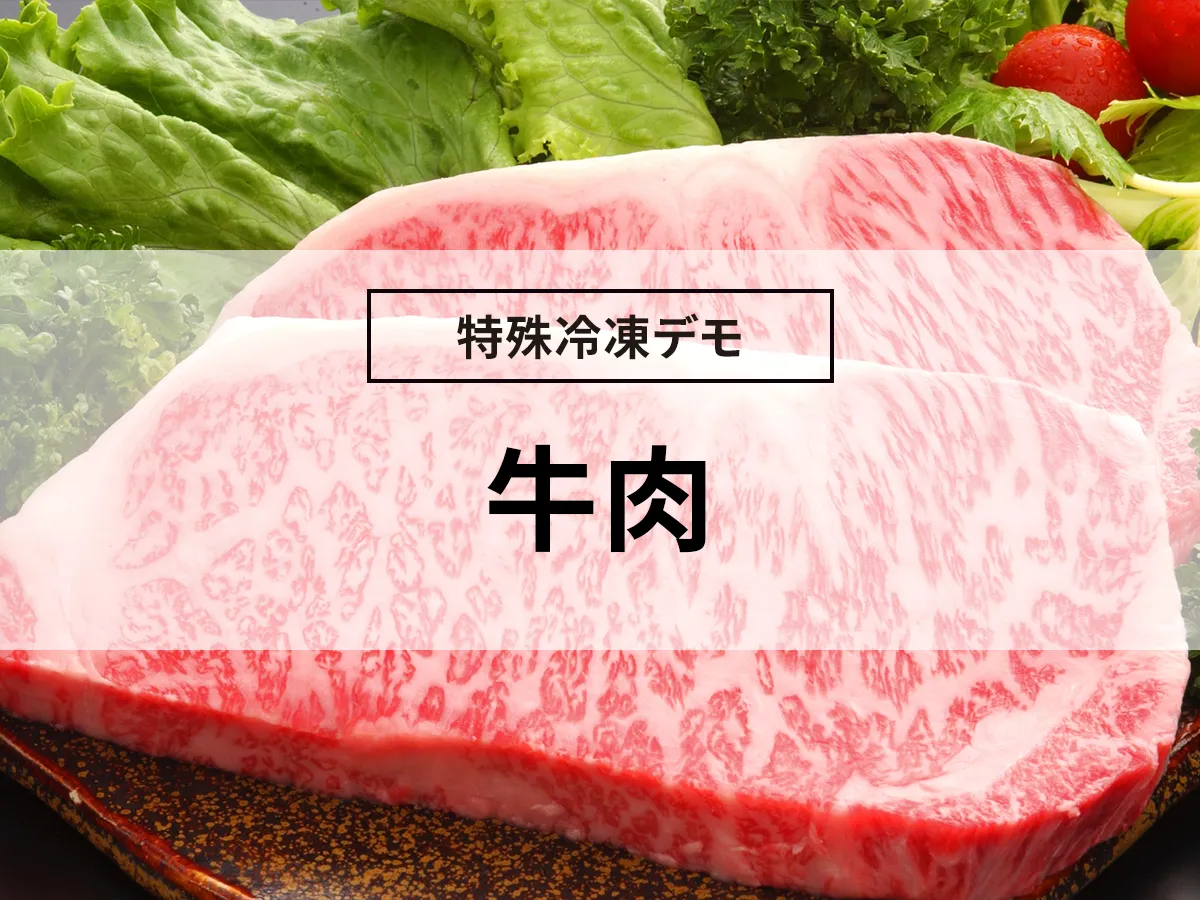
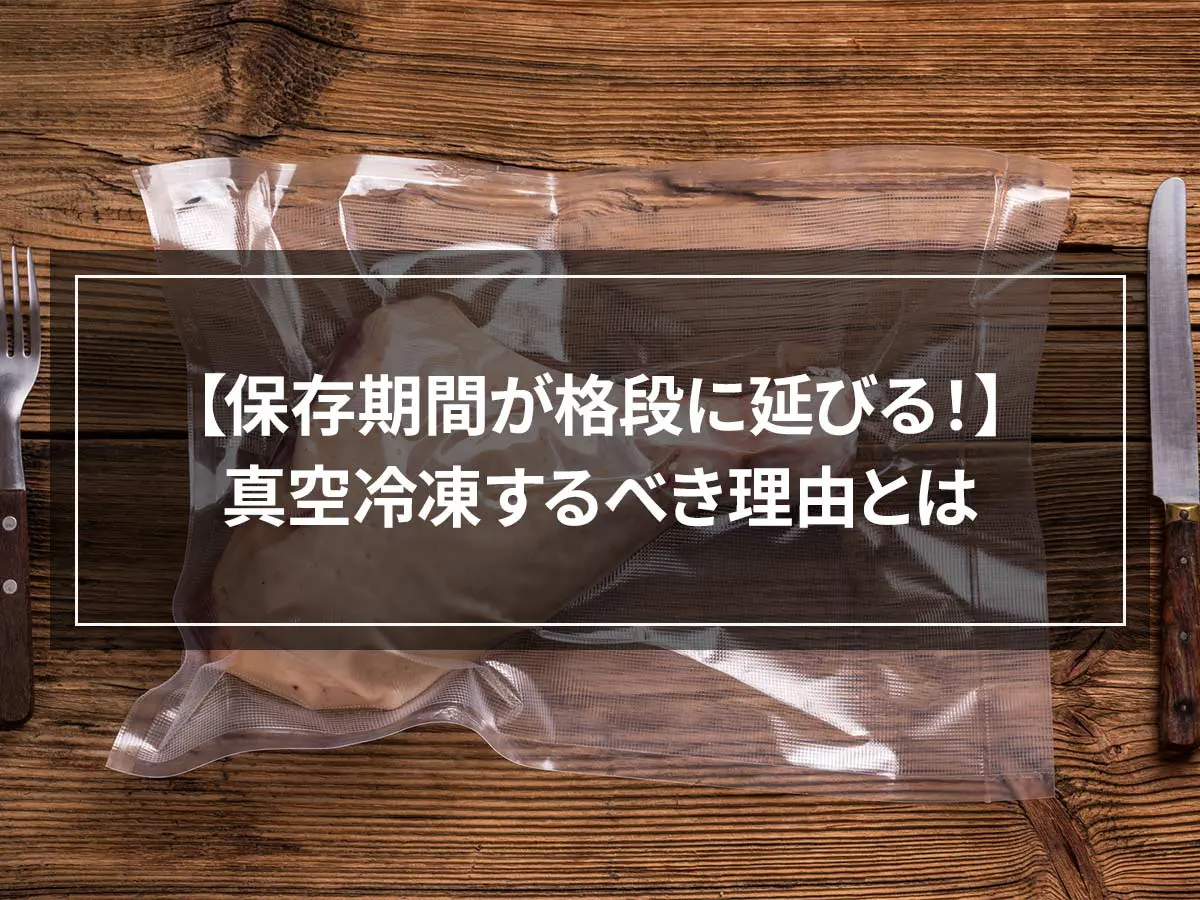
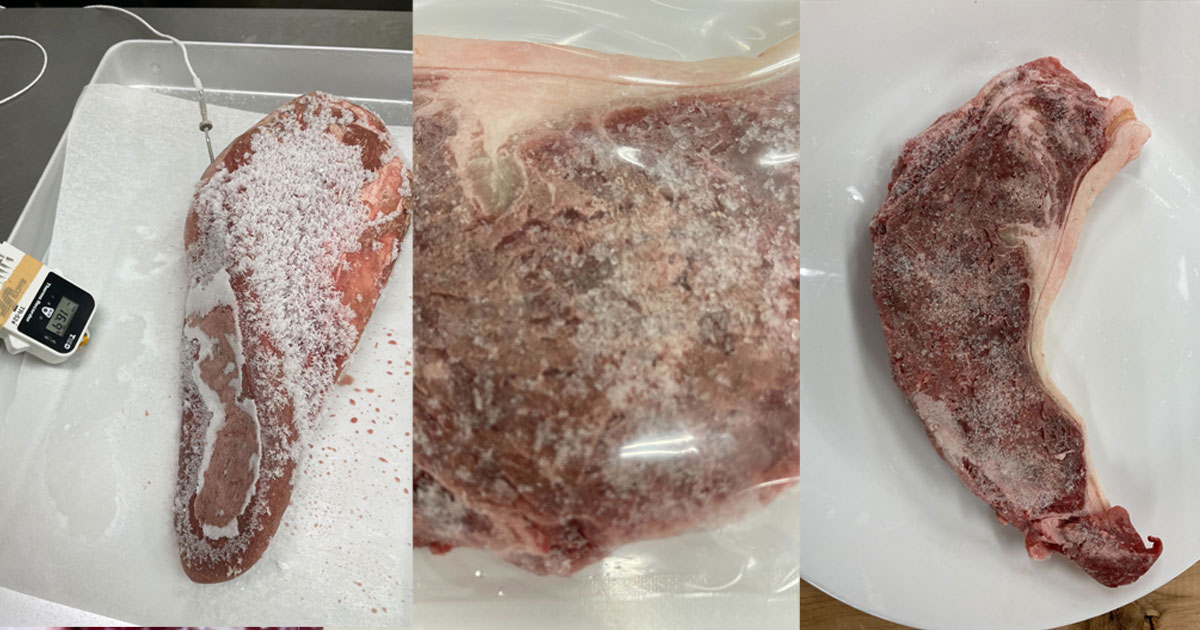
![[Can it be frozen? ] Introducing how to freeze ham and delicious recipes!](https://shunkashutou.com/wp-content/uploads/2023/09/867d7b924bf17d95bedba60a6503e00e.jpg)
![[Explanation with photos! ] How to freeze beef, storage period, and 5 recipes!](https://shunkashutou.com/wp-content/uploads/2023/07/8717f2a867f52157bab47841b0f29019.jpg)
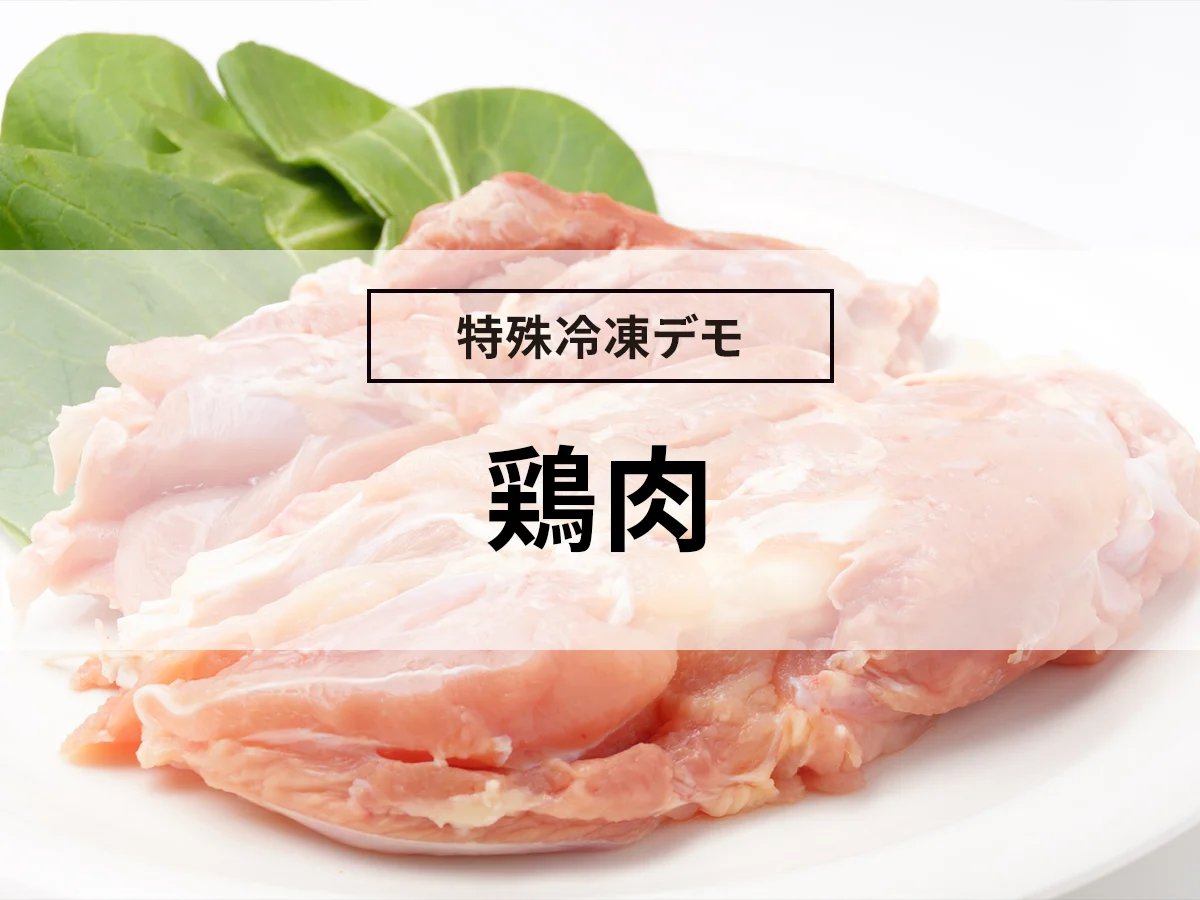
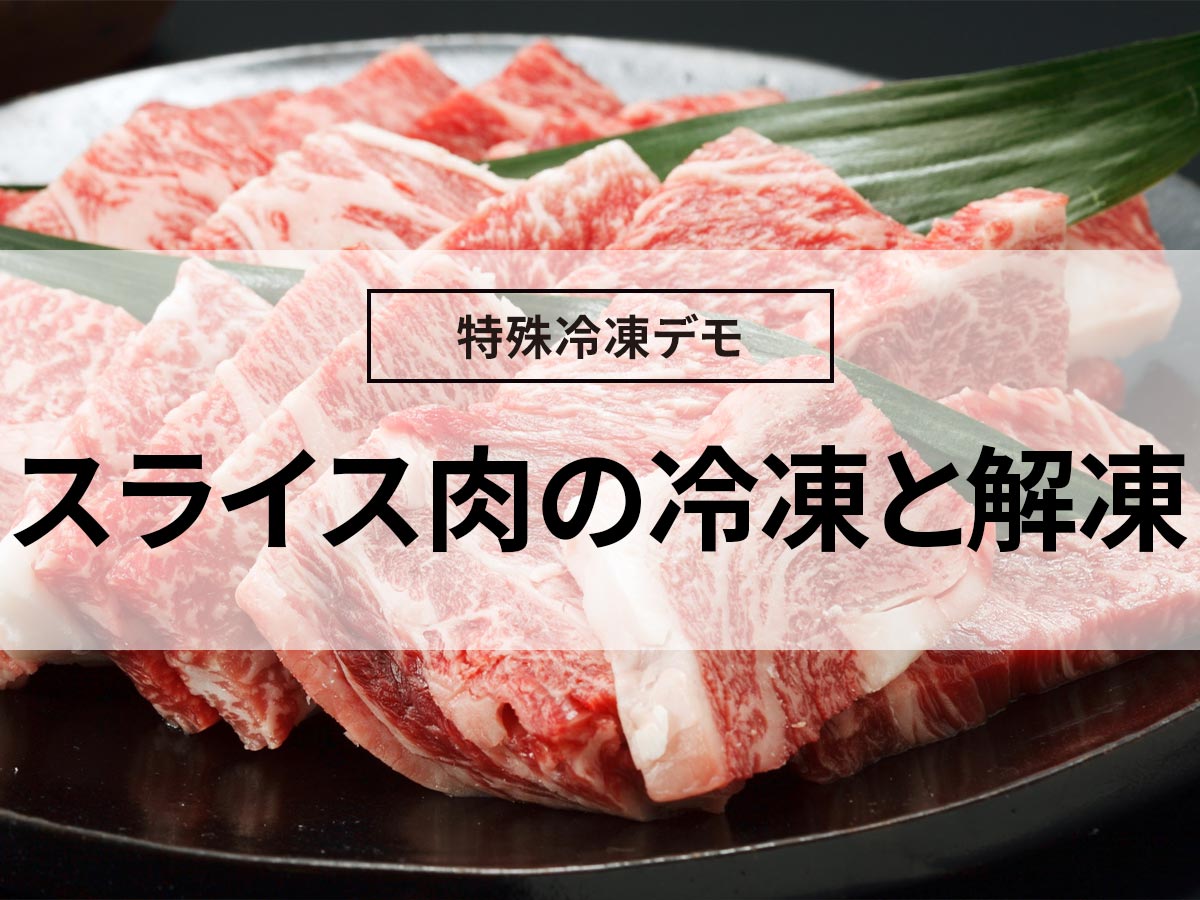
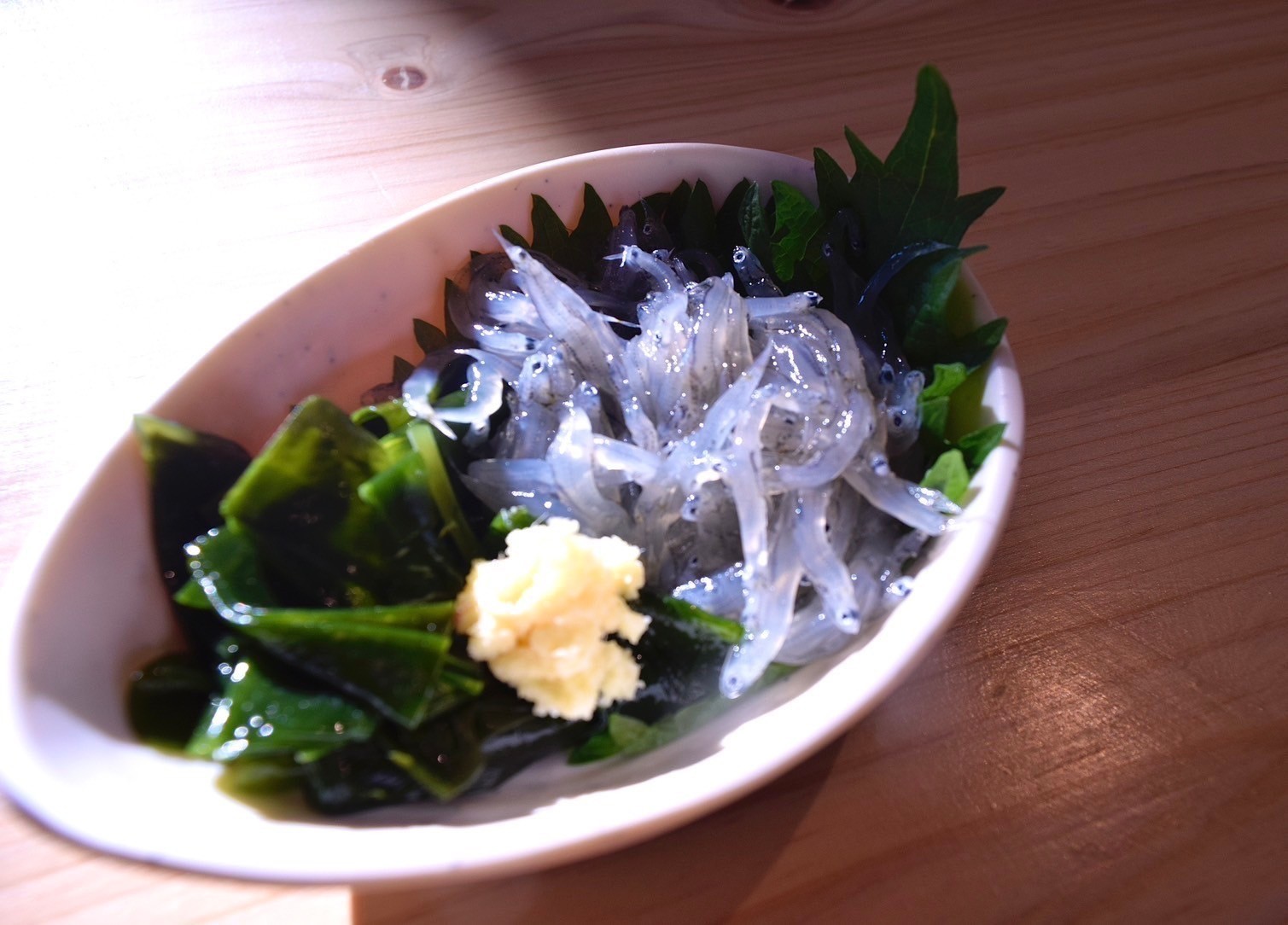
![Shock freezer prices and reasons why we can't recommend used ones [What's the difference from a blast chiller? ]](https://shunkashutou.com/wp-content/uploads/2019/09/f76c6907f41d0b092e20d0924e5f27c9.webp)
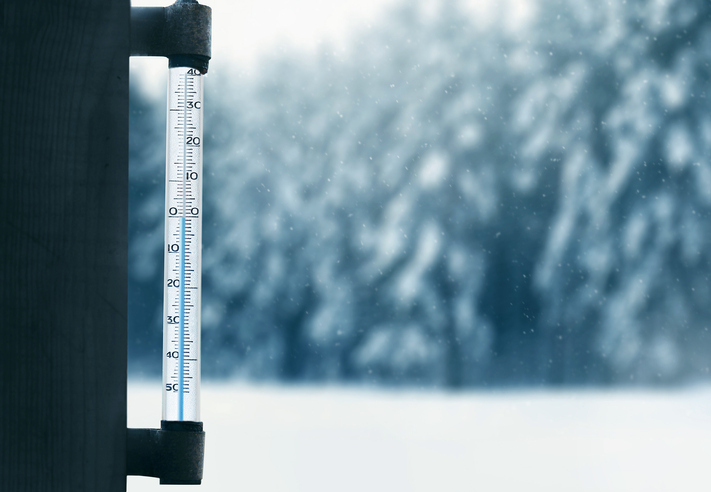
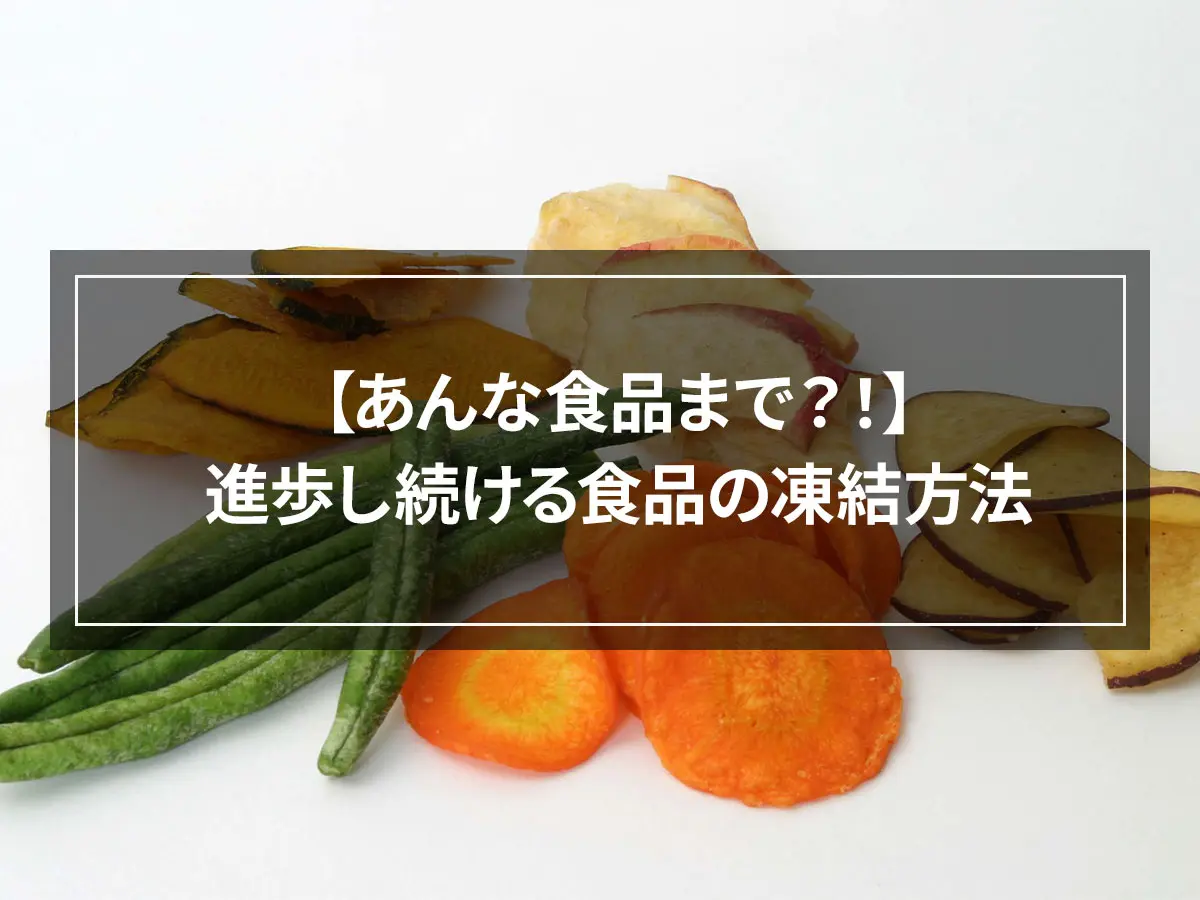

![[Long-lasting freshness! ] Explaining the advantages and disadvantages of chilled storage and chilled transportation](https://shunkashutou.com/wp-content/uploads/2024/07/64b437bd976e4ef73a85dbb64cdf9fc8.webp)
![[Is it actually something familiar? ! ] Types of flash freezing and their temperatures](https://shunkashutou.com/wp-content/uploads/2024/10/c4fc26caaee432beead8d55028903079.webp)
![How to freeze and thaw chestnuts, storage period, and 5 recipes! [Explanation with photos]](https://shunkashutou.com/wp-content/uploads/2023/09/c590a9e6fb16ed45fe2fdd32813de03b.jpg)
![[Guide to handling frozen chicken for commercial use] How to thaw and how long it can be used after that](https://shunkashutou.com/wp-content/uploads/2018/04/36a79f65c113cc4318afbc48fa6229b7.webp)

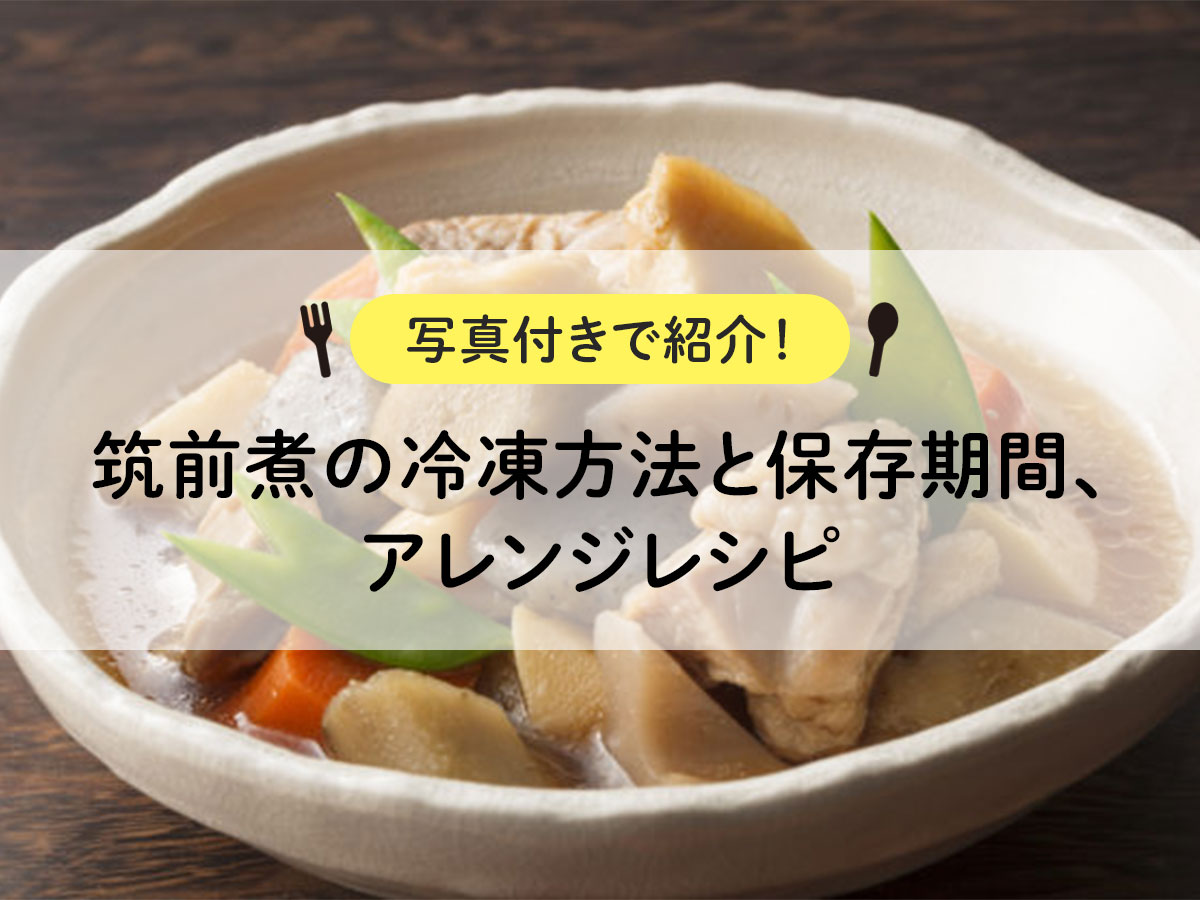
![[It's good to know! ] Introducing how to freeze curry, how long to keep it frozen, and how to thaw it |](https://shunkashutou.com/wp-content/uploads/2023/08/5de5495c896622dc896a8f23d9528300.jpg)
![[Thorough Guide to Preserving Sweets] Introducing the freezing method, storage period, and thawing method in detail!](https://shunkashutou.com/wp-content/uploads/2023/10/bffcbc0b6e79bb1af6e05b930e11e949.jpg)
![Explaining how to freeze garland chrysanthemums with photos! [Defrosting and storage period, 5 recipes]](https://shunkashutou.com/wp-content/uploads/2023/10/syungiku-catch-768x512-1.jpg)
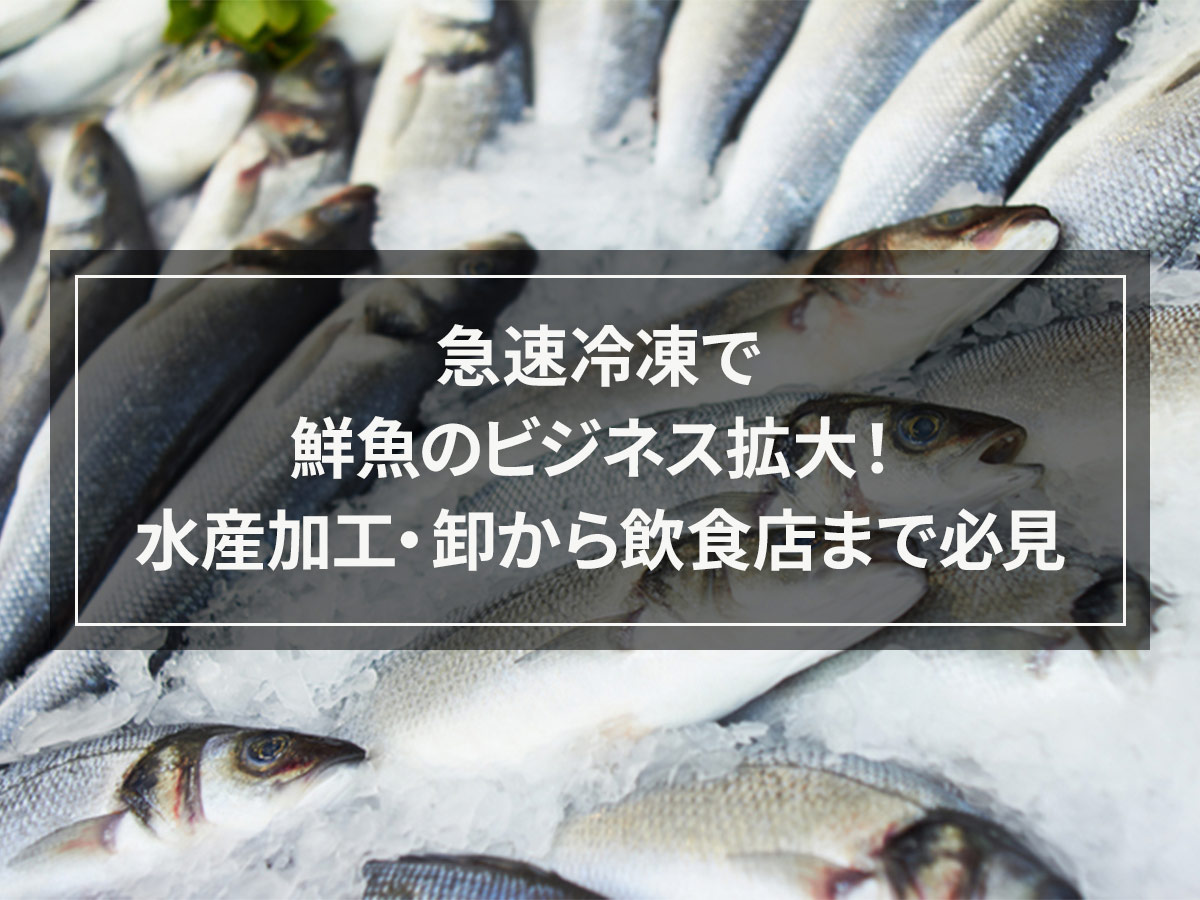
![[Great at sushi restaurants! ] How to increase sales by rapid freezing sushi](https://shunkashutou.com/wp-content/uploads/2016/04/0d3e7f8a3cefa0aefe0a8452e414db21.jpg)
![[Explanation with photos] How to freeze octopus, storage period, and 5 recipes!](https://shunkashutou.com/wp-content/uploads/2023/10/5128a2b3fa3cc254cffab87821372215.jpg)
![[For vegetable processors] What is the blanching process that improves the quality of frozen vegetables?](https://shunkashutou.com/wp-content/uploads/2016/09/ad38a1a4c704bc39303ac1864f5b0b8d.jpg)
![[Deliver delicious ham! ] Meat processing manufacturer’s rapid freezing implementation example](https://shunkashutou.com/wp-content/uploads/2024/09/0825c4a97ac8495fd2408a91574cede6.webp)
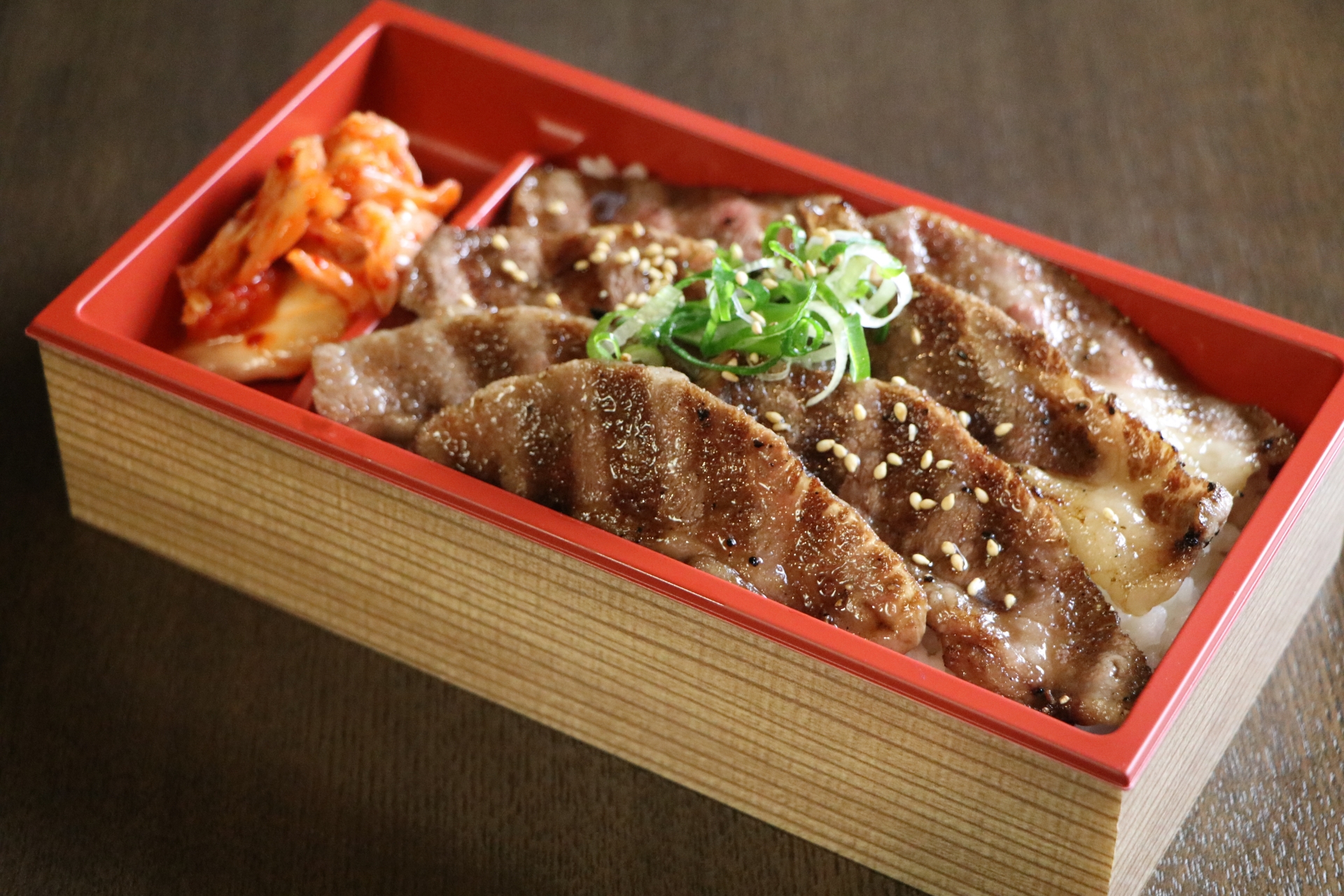
![Introducing how to freeze fried chicken and a delicious recipe [Explaining tricks and techniques]](https://shunkashutou.com/wp-content/uploads/2023/09/2d15a108b8d7de5b4811f69c9bc8b8f1.jpg)
![[How long does frozen fish and meat last? ] Interesting expiration dates and tips to extend the shelf life](https://shunkashutou.com/wp-content/uploads/2023/08/f124221382987fe32d0ffda6b6f497c1.jpg)
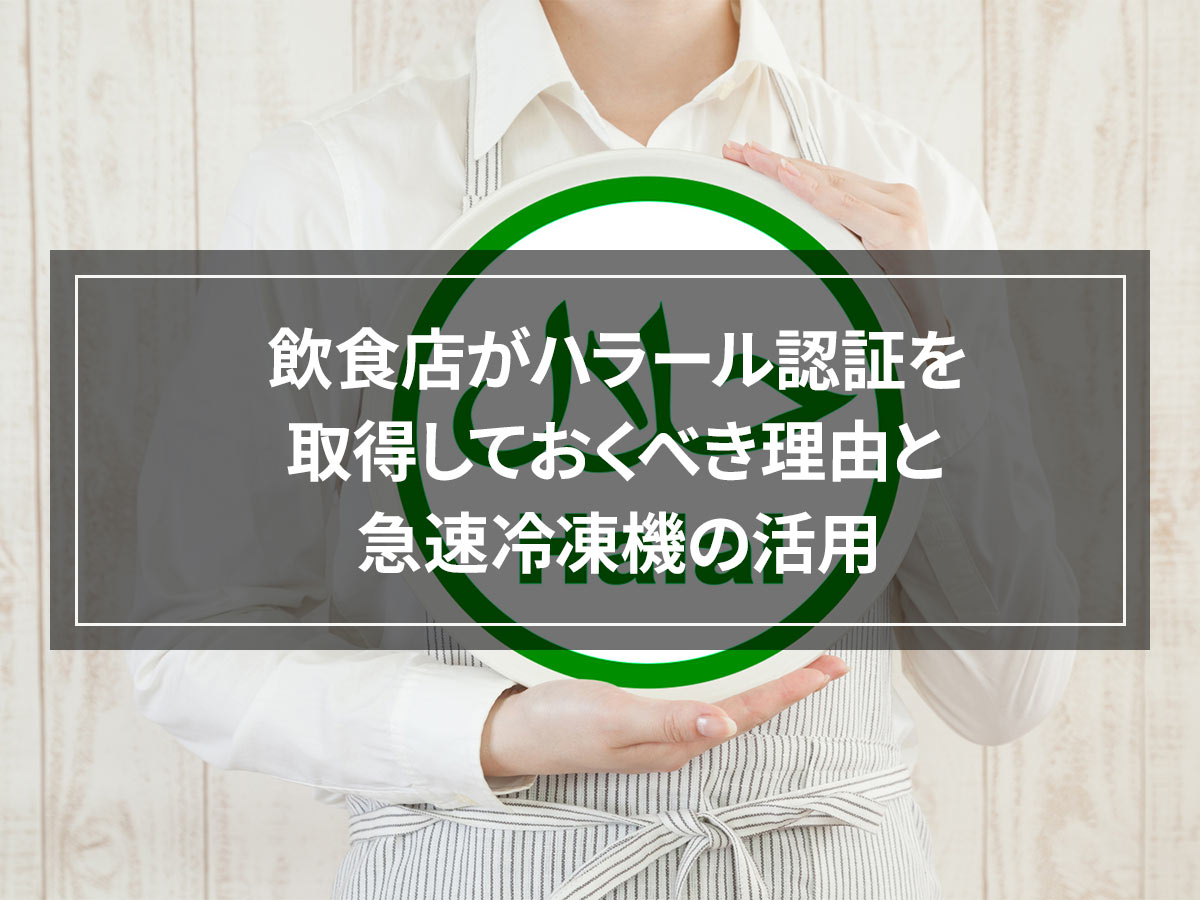

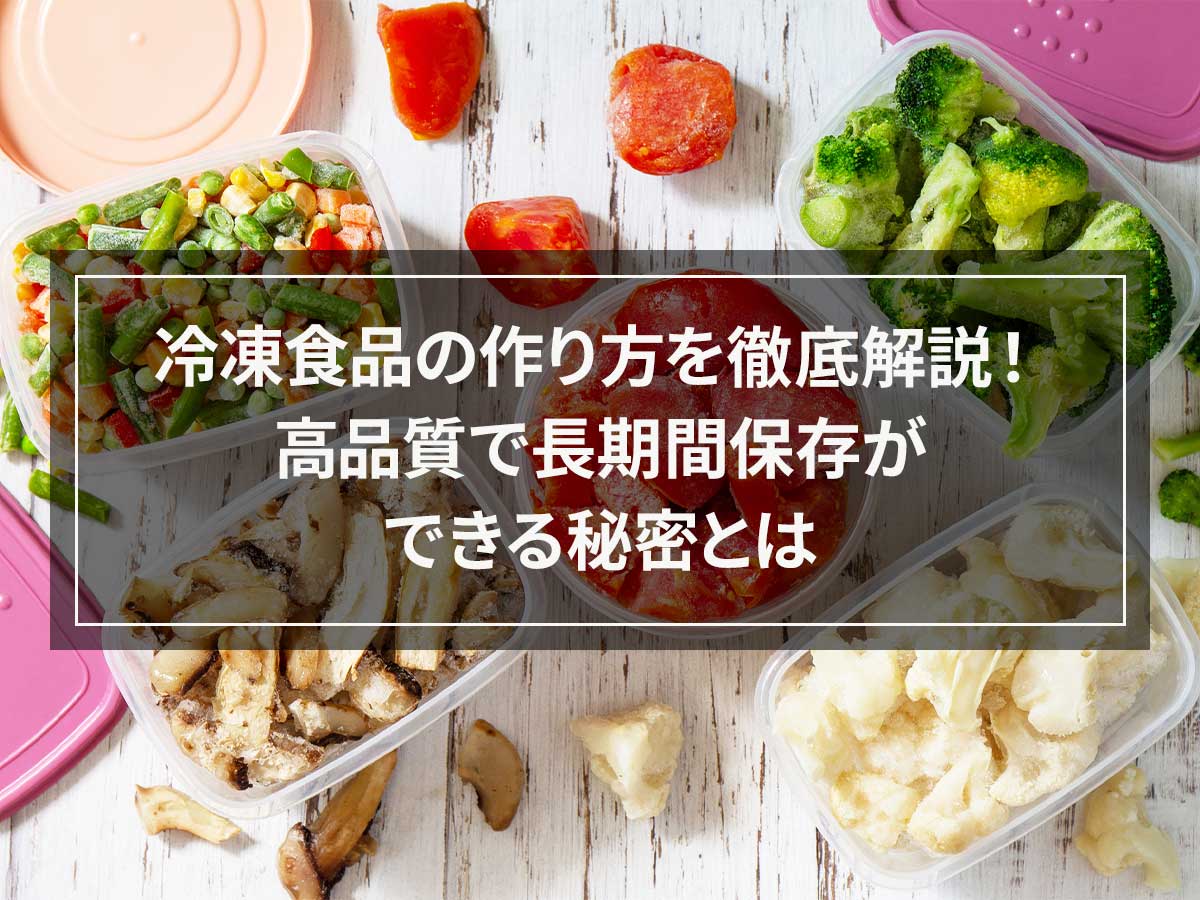
![[Many repeat customers! ] Increase sales by mail ordering our proud curry by rapid freezing!](https://shunkashutou.com/wp-content/uploads/2018/08/S__295895302-863x10241.jpg)
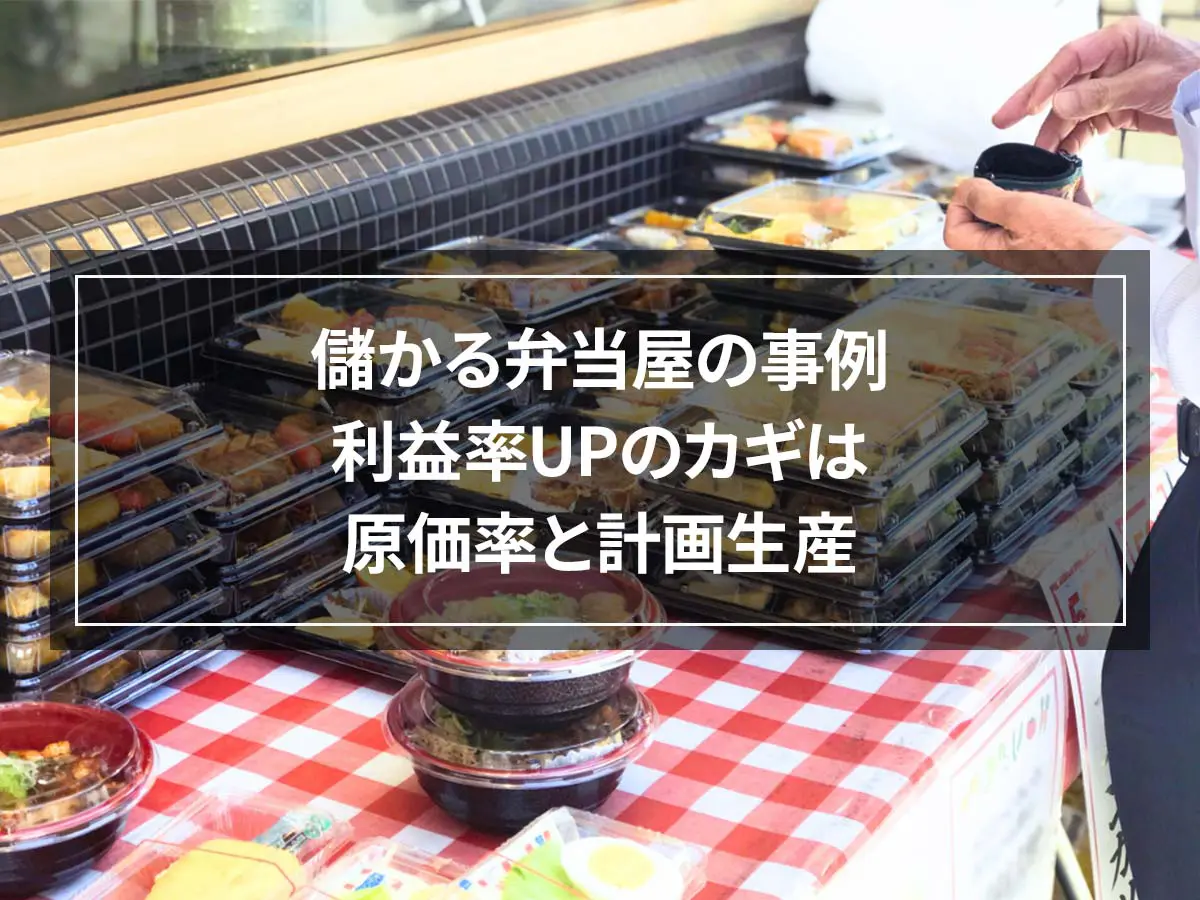
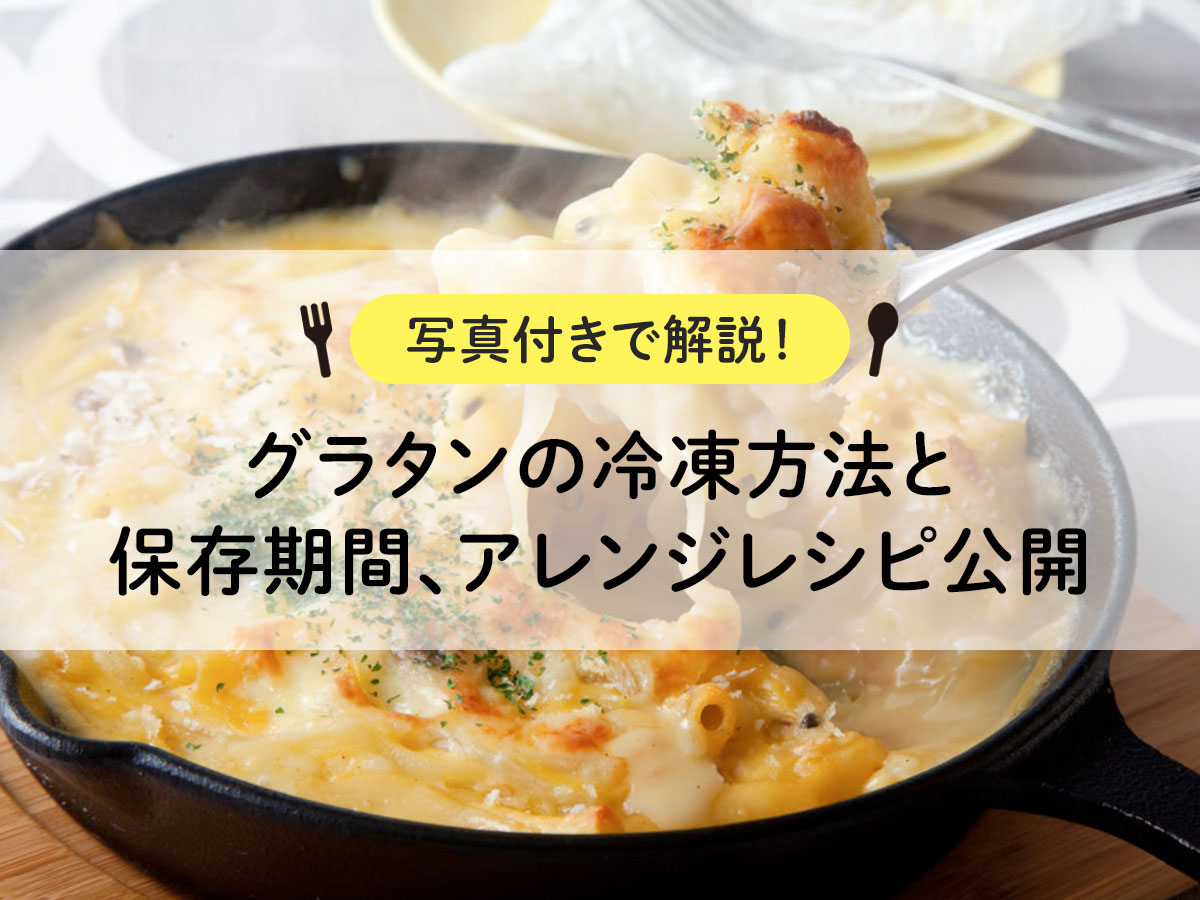
![[Can it be frozen? ] How to freeze konjac and diet recipes](https://shunkashutou.com/wp-content/uploads/2023/09/ec03b3e5cdefedf8f295de7ebb781752.jpg)
![[Explanation with photos] How to freeze salmon fillets, storage period, and 5 recipes](https://shunkashutou.com/wp-content/uploads/2023/10/fb96564ba06a8cc88a72f0c971ad54e5.jpg)
![Introducing recipes and methods for freezing and thawing bananas [Explanation with photos! ]](https://shunkashutou.com/wp-content/uploads/2023/07/494e7567627fb35e47ee5cb0e06e142c.jpg)
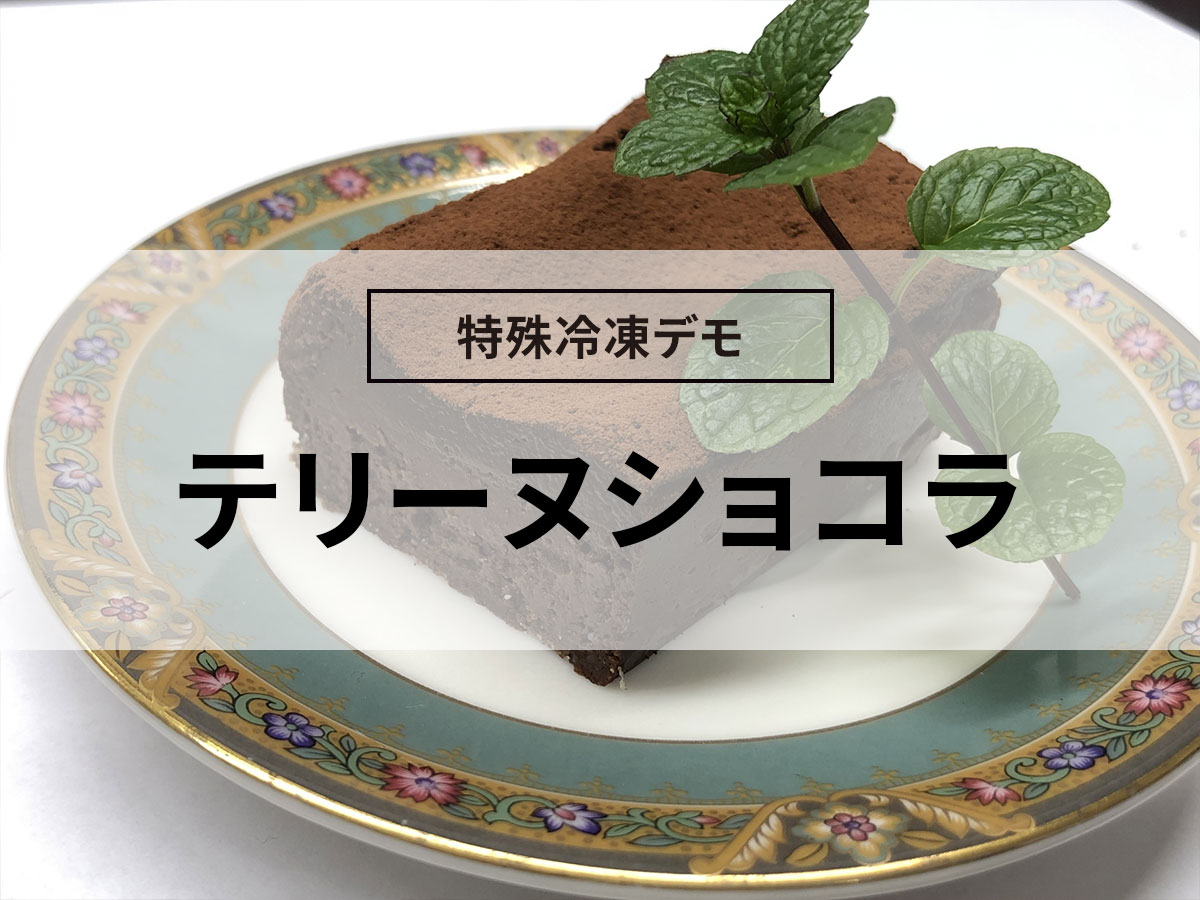
![[Rapid defrosting or slow defrosting] Unsure of which method? Read the complete guide on how to defrost](https://shunkashutou.com/wp-content/uploads/2024/10/ec8d0eb82bcecb5525574a8f72183a97.webp)
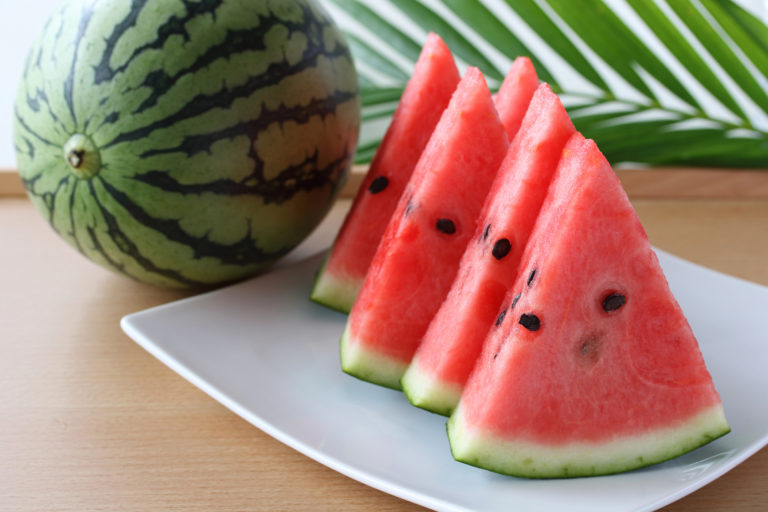
![[Includes grilling instructions] How to freeze hamburger steak, storage period, and carefully selected recipes!](https://shunkashutou.com/wp-content/uploads/2023/09/eb3a531f7fd023f973240f698c092b64.jpg)




